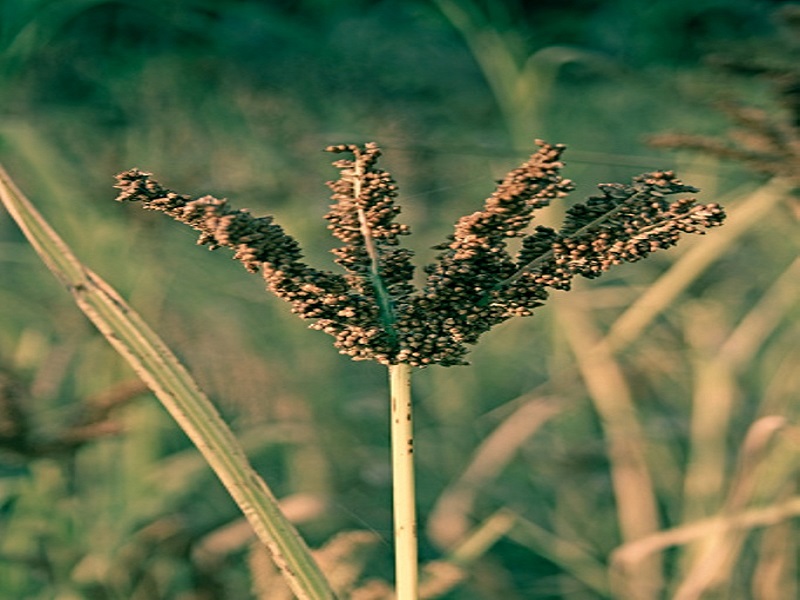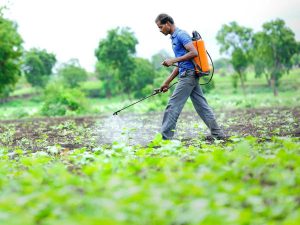In partnership with the Siang district agriculture department, the College of Horticulture and Forestry (CHF), Pasighat, has launched a ‘Millet Cultivation Scheme’ in the remote village of Riga in the Siang district.
Millets are generally grown at an altitude of 2,100 m in both tropical and sub-tropical areas. It is a heat-loving plant and the necessary minimum temperature for its germination is 8- 10 ° c. For proper production and good crop yield, a mean temperature range of 26-29 ° c during growth is best. It is cultivated in the 500-900 mm rainfall area.
The project, run by the Indian Institute of Millet Research (IIMR) in Hyderabad, is funded by the Indian Council for Agricultural Research to increase millet production in the northeastern region.
CHF (Agronomy) professor, Paban Kumar Gaudar, said the project’s aim is to popularize the production of millet in Arunachal Pradesh and make it clear to locals that the cereal can be eaten as a staple meal.
Millets, in addition to having anti-oxidant and anti-carcinogenic (cancer preventive) properties, is a cereal rich in protein and minerals.
The rich red soil and the atmospheric conditions in the Siang area are ideal for the cultivation of various millet varieties.
In the preparation of alcoholic beverages, the people of the Northeast use millets and therefore the government are working to make farmers aware that this is a staple food. They are also trying to make them understand that the commercial cereal crop cultivation is highly beneficial, said the Professor.
In Arunachal Pradesh, the project aims to increase the cultivation of millets to 70-80% of the total cropped area as before only only 20-30% of the total cropped area was used for millet cultivation.
In the first phase, the government aims to cover 30 hectares of cultivable land in seven selected districts said Paban Kumar Gaudar, the CHF (Agronomy) Professor.
A day-long training program on the cultivation of millets was also arranged, during which agricultural scientists taught farmers the economic significance of millets in terms of their nutritional and medicinal values.
During the training, the participants also learned about the production and healthy harvesting procedures of millets.
source: https://krishijagran.com/





